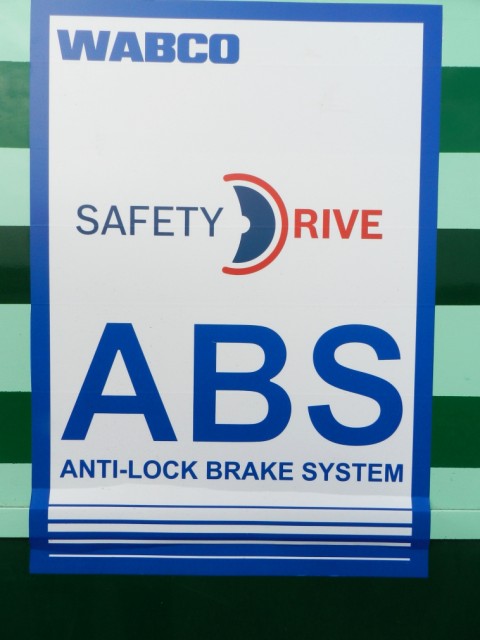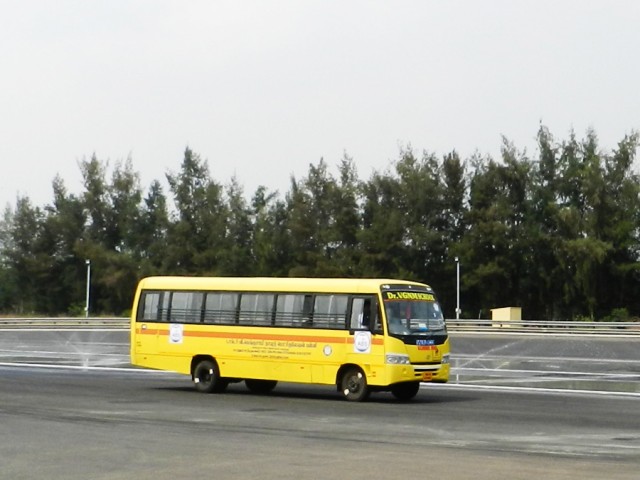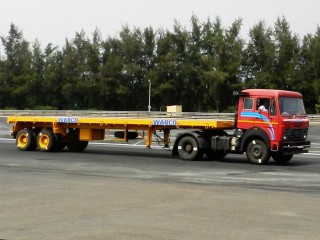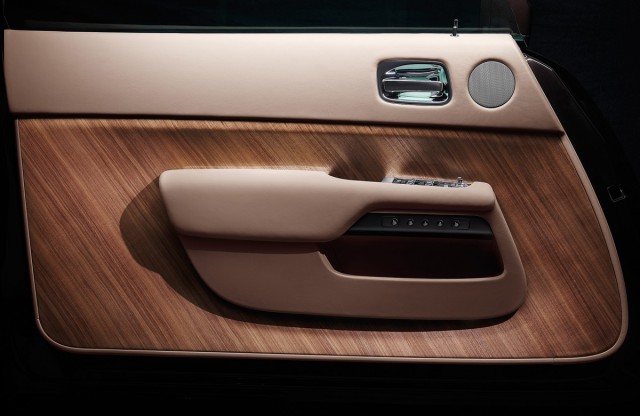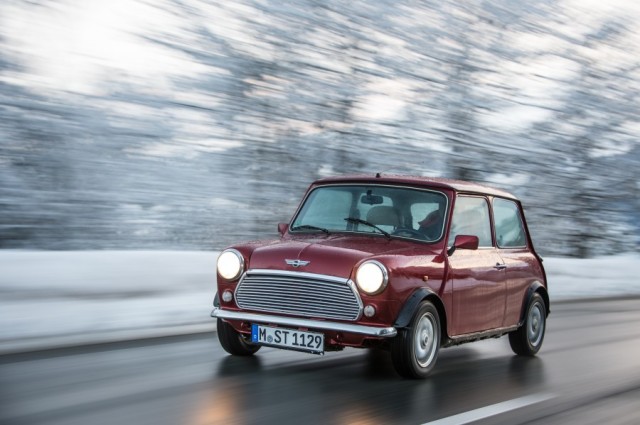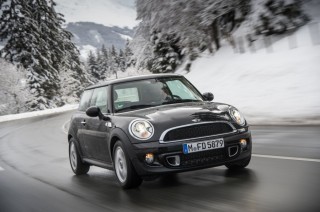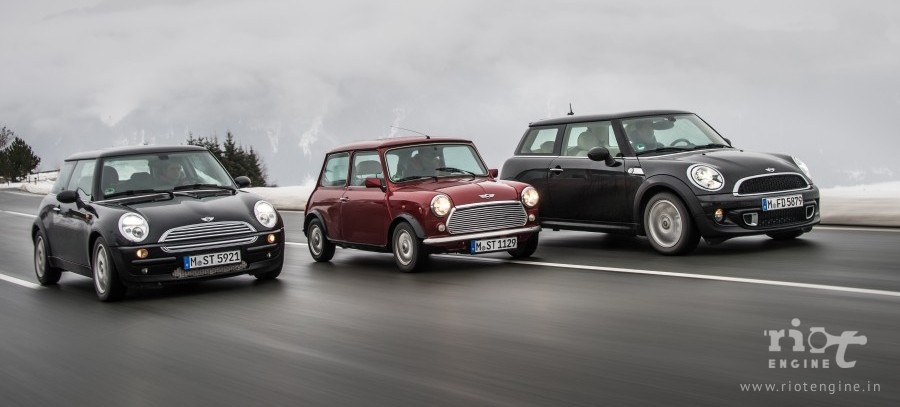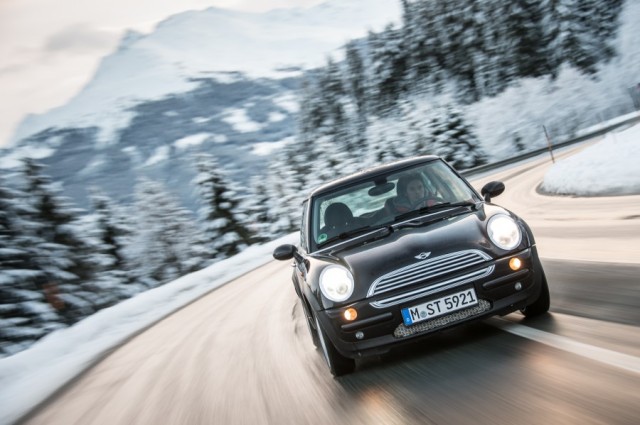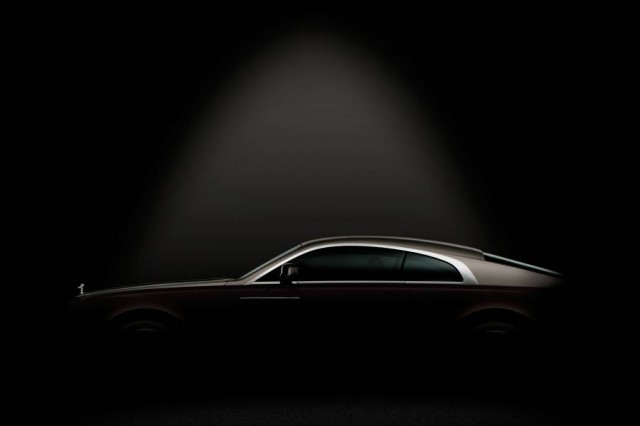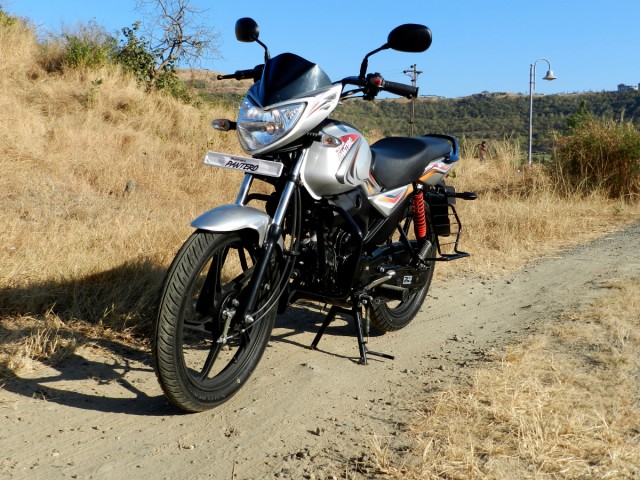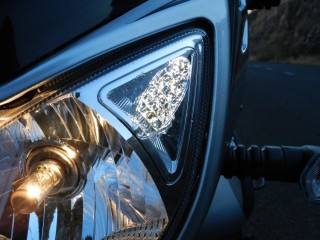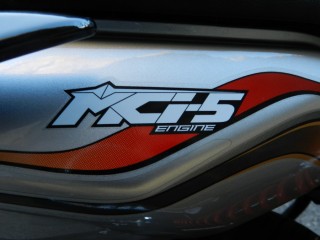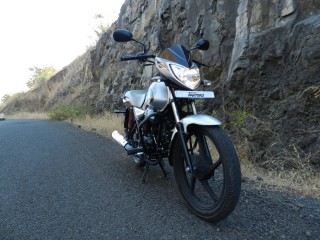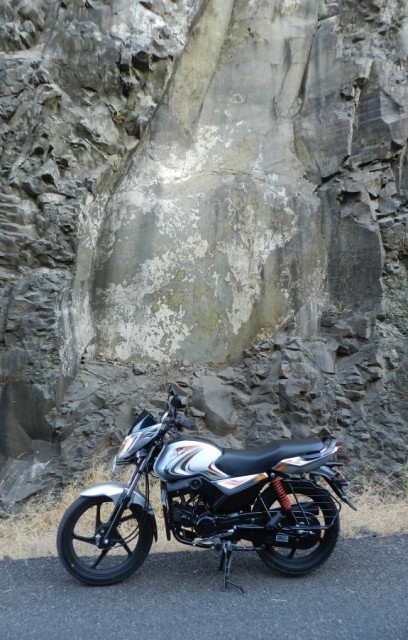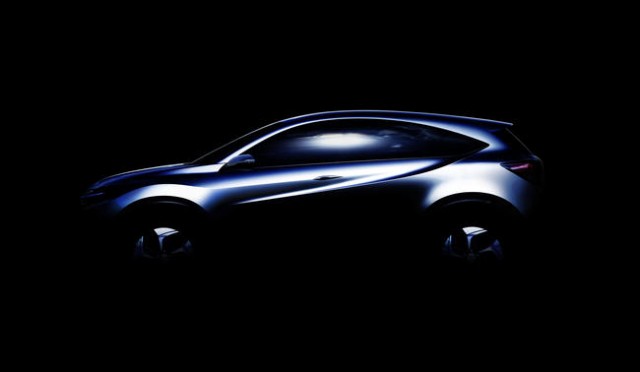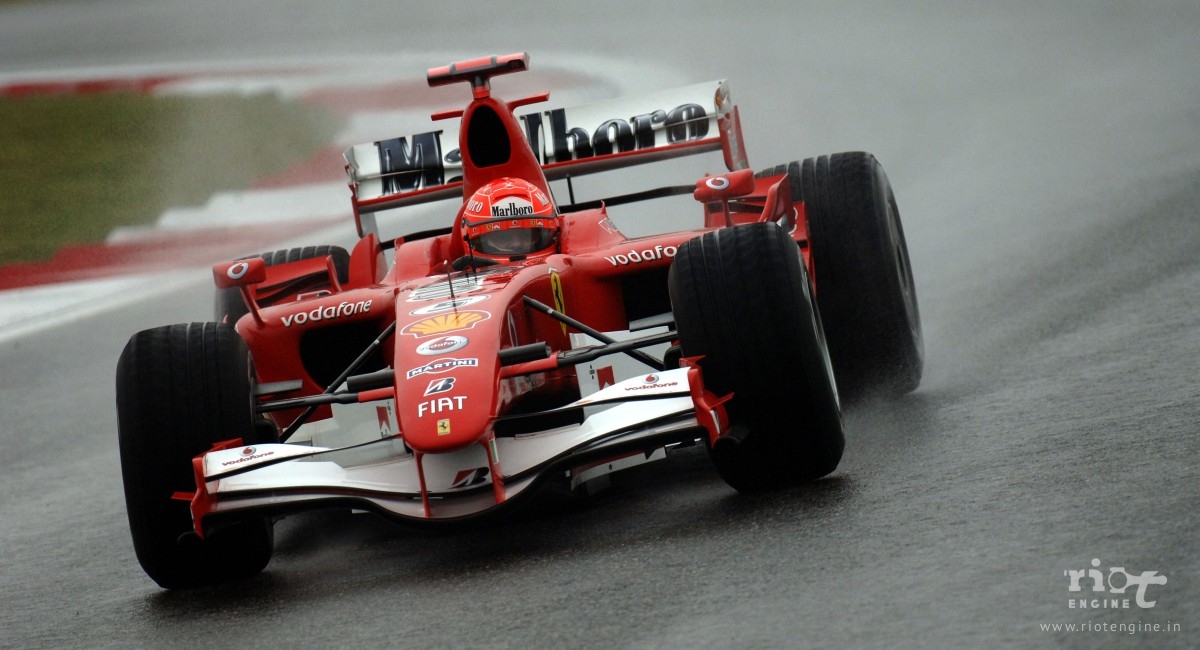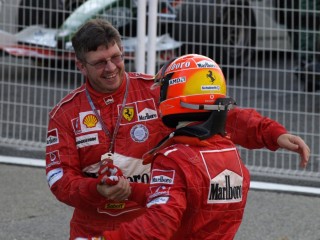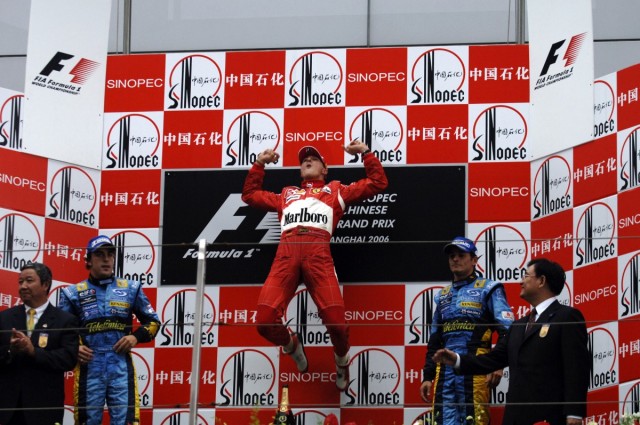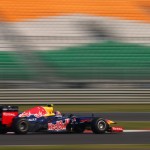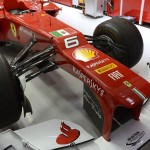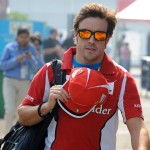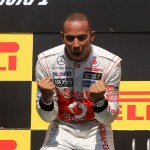Bosch wanted to showcase the advantages of ABS and ESP on passenger cars, while Wabco wanted to do the same for Commercial Vehicles.

The event started out with a presentation on the need for having such safety features. Studies show that Indian roads are among the most dangerous on the planet. Statistics show that in 2011, on an average, one person was killed in a road accident for every 3.7 minutes.
According to the UN, 1.3 million people die in road accidents every year and 50 million are injured. In the next 10 years, deaths could reach up to 1.9 million. The UN has thus declared the years from 2011-2020 as the ‘Decade Of Action For Road Safety’, it’s objective is to reduce the road deaths by 50%. One of the methods to achieve this is to provide safer vehicle, with ABS and ESP in all vehicles.

Then the demonstrations began, with Bosch showcasing the advantages of ABS and ESP in passenger cars. A Suzuki Swift Dzire and a Nissan Sunny, equipped with ABS were put into action. The location was WABCO’s proving grounds. The vehicles were driven at a speed of 70 kmph on a wet Skid Pad. On the first run, the cars were driven with the ABS turned off. When the driver jammed the brakes, the cars simply locked up their front wheels and skidded to a halt. A cone was placed to mark the distance traveled by the cars. On the second run, the ABS was turned on, and the same test was carried out, and the stopping distance was considerably shorter. The advantages of ABS was apparent.
The second demonstration was to show what the ESP was capable of doing for passenger cars. A Tata Aria and a Mahindra XUV 500 were chosen cars. An obstacle had been placed on the skid pad and the driver, drving at 70 kmph had to avoid the obstacle and regain control of the car. During the first run the ESP was off and the when the driver turned the steering wheel left to avoid the obstacle, braked and immediately turned right to get back on the road, but the vehicle simply lost traction and spun around and halted. On the second run, the ESP was turned on and the same was repeated, only this time, the driver was able to regain absolute control of the vehicle and was able to stop the vehicle without much of a problem.
After these demonstrations, WABCO took over and demonstrated the advantages of these safety features in commercial vehicles. The Vehicles that were present for this demonstration were a School bus, A State Transport bus, an Army 4X4 truck, a Tata LPS Tractor trailer, and a Tata Prima tractor trailer. The Tata Prima was the only vehicle here, equipped with ESP. The school bus, The State transport bus and the Army truck demonstrated the ABS advantage. The Tata LPS tractor trailer was used to show how ABS helped in avoiding jackknifing. Jackknifing is the term used to describe the phenomenon where the trailer loses traction and starts sliding in a direction often opposing the direction of travel of the cab. The Tata Prima was used to demonstrate ESP in a way similar to the way the passenger cars did.
It isn’t unusual for us to take ABS and ESP for granted. After witnessing the XUV5OO and Aria that spun out recklessly and the mammoth Prima trying not to topple over and the Stallion (blue cab) that burnt rubber like a rear wheel drive V8 sportscar, one can’t help but suggest that you forget all the other optional extras and just make sure you tick those boxes that say ABS and ESP.


